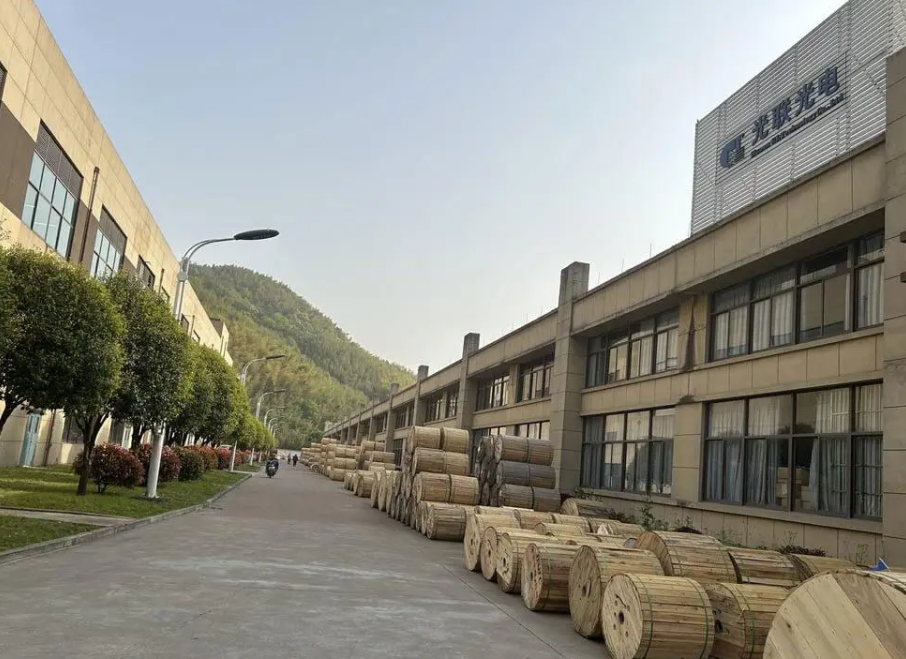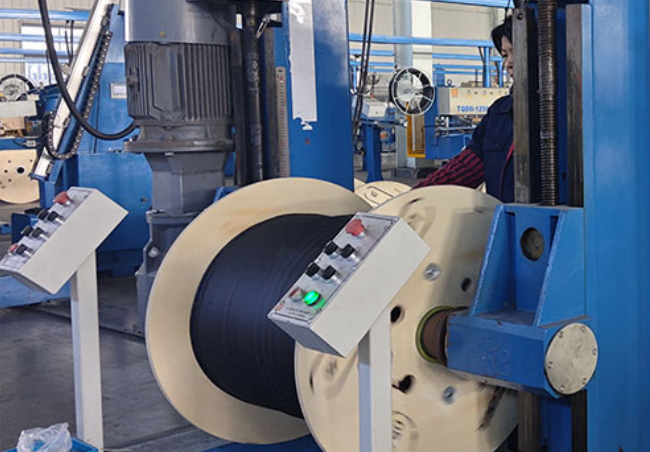In the power communication system, ADSS optical cables (all-dielectric self-supporting optical cables) have become an indispensable part of overhead power lines with their unique advantages, such as good electrical corrosion resistance, lightning protection, and tensile and temperature resistance suitable for severe weather. However, in order to ensure the long-term stable operation of ADSS optical cables, reasonable maintenance strategies and efficient fault handling capabilities are essential. This article GL FIBER will explore in depth the maintenance strategies of ADSS optical cables and their common fault handling methods.

1. Maintenance strategies for ADSS optical cables
1. Regular inspections
ADSS optical cables are usually installed in outdoor environments and are susceptible to wind, sand, dust, corrosion and external force damage. Therefore, regular inspections are the key to ensuring the normal operation of optical cables. The inspection content should include the appearance, joints, fixing clamps and other parts of the optical cable to ensure that the optical cable is not mechanically damaged or otherwise adversely affected. Especially under severe weather conditions such as strong winds, heavy rains, and snow, inspections should be strengthened to detect and solve problems in a timely manner.
2. Cleaning and maintenance
Because ADSS optical cables are exposed to the natural environment for a long time, dust, dirt and other impurities are easily accumulated on their surface. These impurities will not only affect the aesthetics of the optical cable, but may also have an adverse effect on the transmission performance of the optical cable. Therefore, regular cleaning and maintenance are necessary. Special cleaning agents and tools should be used for cleaning, and care should be taken to avoid damaging the outer skin and core wire of the optical cable.
3. Optical cable protection
In order to reduce the impact of mechanical and natural environments on optical cables, some protective measures can be taken. For example, when the optical cable passes through buildings or complex terrain, pipes or other protective devices can be used to reduce the friction and extrusion of the optical cable. In addition, for areas that are vulnerable to external damage, such as road intersections and construction sites, obvious warning signs should be set up, and monitoring and management should be strengthened.
4. Establish and improve the maintenance system
Establish and improve the ADSS optical cable maintenance system, clarify the maintenance responsible person and maintenance cycle, and ensure that the optical cable is maintained in a timely and effective manner. At the same time, the training and management of maintenance personnel should be strengthened to improve their professional skills and sense of responsibility.
2. Common fault handling of ADSS optical cable
1. Surface damage handling
Surface damage of ADSS optical cable is usually caused by friction between the optical cable and trees or rocks. For this type of fault, the wear of the optical cable should be checked in time and repair measures should be taken. If the wear is serious, the damaged section of the optical cable should be replaced.
2. Fiber breakage and high loss point handling
Fiber breakage and high loss points are usually caused by local stress or cable looping during construction. For this type of fault, it is necessary to use instruments such as OTDR to locate the fault and then take corresponding repair measures. The quality of the optical fiber connection should be ensured during repair to avoid the generation of new loss points.
3. Tensile breakage fault handling
Tensile breakage faults usually occur near fasteners (such as pre-twisted wires) or when the local force on the optical cable is too large due to terrain restrictions. For this type of fault, it is necessary to check the installation of the fasteners and the stress state of the optical cable, and replace the damaged fasteners or adjust the tension of the optical cable in time.
4. Handling of small animal bites
Since ADSS optical cables are usually installed on overhead power lines, they are susceptible to bites from small animals such as squirrels. For such faults, the inspection and monitoring of optical cables should be strengthened to promptly detect and deal with traces of small animal bites. At the same time, measures such as anti-rat protective covers can be used to prevent small animal bites.
5. Handling natural disasters
When facing natural disasters such as typhoons and floods, ADSS optical cables may be seriously affected. For such situations, emergency preparations should be made in advance, emergency repair plans should be formulated, and sufficient emergency repair materials and tools should be reserved. After the disaster occurs, an emergency repair team should be quickly organized to carry out emergency repairs to ensure that the optical cable resumes normal operation as soon as possible.

The maintenance strategy and common fault handling capabilities of
ADSS optical cables are of great significance to ensuring the stable operation of power communication systems. Optical cable faults can be effectively prevented through measures such as regular inspections, cleaning and maintenance, optical cable protection, and the establishment of a sound maintenance system. At the same time, when facing common faults, the fault point should be quickly located and effective repair measures should be taken to ensure that the optical cable resumes normal operation as soon as possible. Only in this way can we give full play to the important role of ADSS optical cable in the power communication system and provide strong support for the construction and development of smart grid.


